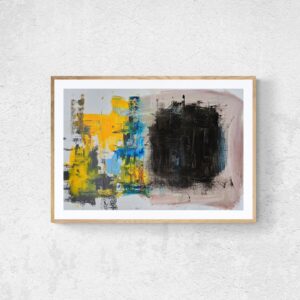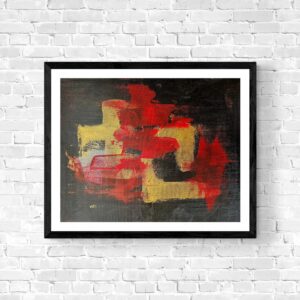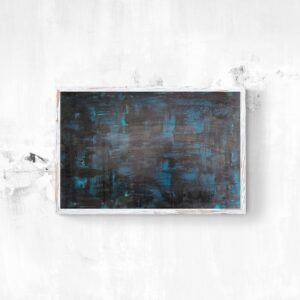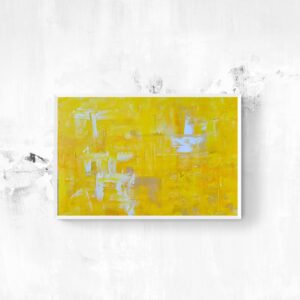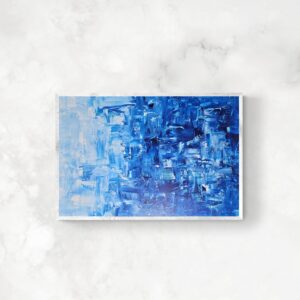
With a collector’s eye with a collagist’s heart, Doors (2022), Swiss-American artist and composer Christian Marclay’s most recent assemblage-style film, splices together clips of doors and the various comings and goings they usher, all plucked from films spanning cinema history. Playing on a continuous loop in the Brooklyn Museum’s fifth-floor Moving Image Gallery, which is appointed with nine backless benches, this 55-minute work shares DNA with the artist’s other film and television montages, including his monumental, 24-hour-long film The Clock (2010) and Telephones (1995), anchored, respectively, in the evolving technologies of time pieces and communication devices.
In Marclay’s latest mashup, doorways serve as passageways from one scene to the next: When one shuts, another opens, revealing another character in another room and another era. In one sequence, a lone cowboy struts through a wood-paneled space. He grabs a door handle, and a posse of leather-jacketed men exit into a dim apartment hallway. And so the scenes unfold with an air of a surprise, unknowns lurking and morphing behind every door.

As vexing and disjointed as this premise might sound, the painstaking transitions and match cuts create an internal logic and sense of continuity. Sorrow and searching give way to mischievous escapades, peppered with comedy and crime. Fear simmers. Tension builds. Doors slam and squeak open again, leading into well-to-do homes, modest apartments, workplaces, doctor’s offices, and winding corridors. The result is a labyrinthine, imagined architecture that feels, at turns, like one of M.C. Escher’s impossible constructions and the product of the Surrealist parlor game exquisite corpse, with its neatly matched doorways cobbling together a chimera. Even though the actors, setting, and plot specifics shapeshift every few seconds, as if jumping into a different plane of a multiverse tale, the emotional thrust and action create a propulsive through line that coheres the sea of snippets.
In Doors, Marclay makes visible the mindless, forgettable actions of life indoors — turning keys in locks, twisting knobs, entering and exiting spaces — while exploring the ways that doors serve as charged metaphors and well-worn cinematic devices and tropes. This congress of clichés could teeter into tedium. But, with a wink and a nod, the precise editing and absurd juxtapositions between the assembled film excerpts toy with perception, flowing like a dream sequence. Doors double as sites of transformation. Space and time warp. Narratives get remixed and reinvented. Nothing is static, and anything could happen in the next scene. In this art film, as in life, the whole story can change course in an instant.

Christian Marclay: Doors continues at the Brooklyn Museum (200 Eastern Parkway, Prospect Heights, Brooklyn) through April 12, 2026. This presentation was organized by Kimberli Gant with Indira A. Abiskaroon.
Editor’s Note: Hyperallergic’s standard image policy is to run photographs taken by our reviewers to authentically represent their experience. An exception was made in this review due to the exhibition’s restrictions on photography.

